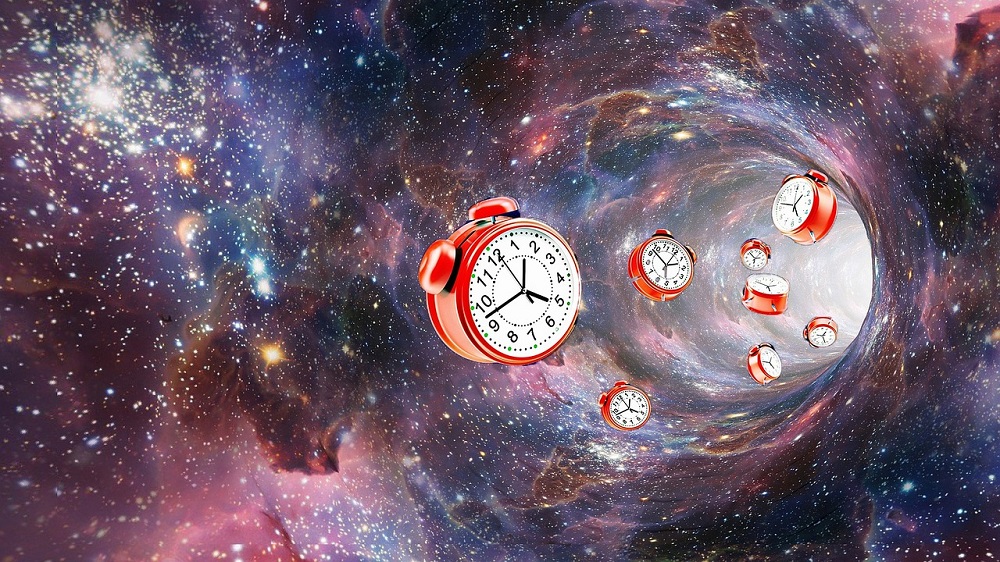Editor’s Note: We are looking up as HMNS Astronomer James Wooten explains the sky happenings for the month of November, including Daylight Savings Time ending.
Saturn is now well placed for observing in early evening. Face south at dusk to observe it.
Jupiter is opposite the Sun, and up precisely all night long, the night of November 2-3. For the rest of the month, it is prominent in the east right at nightfall. No star at night is as bright.
Venus has entered the morning sky. Look for it high in the east at dawn this month.
Mars is lost in the Sun’s glare and out of sight for the rest of 2023. Mars is in line with the Sun (and directly behind it) November 17-18.

Constellations in the November southern sky are almost entirely devoid of bright stars. They represent beasts and gods related to water, indicating that they are part of the ‘Celestial Sea’. Examples are Aquarius, the Water Bearer and Pisces, the Fish. Even Capricornus, the Goat, has a fish tail because he’s originally Ea, Babylonian god of the waters. Below Aquarius is the one bright star in this area, Fomalhaut, marking the mouth of the Southern Fish. Ancient Mesopotamians imagined that the Persian Gulf extended upwards into the sky, joining this ‘sea’ of dim stars.
As the autumn ‘intermission’ in between the bright stars of summer and winter continues, Houstonians with a clear southern horizon can try to find a star that few Americans get to see. Due south and very low to the horizon at about 10:00 pm in mid-November is Achernar, 9th brightest star in the sky. It marks the end of the river Eridanus, another of the dim watery patterns that fill the southern autumn sky. If you can find it, Achernar will seem of average brightness because it is shining through so much air. Still, it is a good way to remind yourself that the stars we see depend on our latitude, and that the sky near the Gulf Coast is similar to, but not the same as, what most Americans see.

The Summer Triangle is high in the west. The ‘teapot’ of Sagittarius sets in the southwest. Saturn is almost due south as night falls. Jupiter, high in the east, outshines all the stars in the night sky. The Great Square of Pegasus is high in the east at dusk. To the south and east, we see a vast dim area of stars known as the ‘Celestial Sea’, where only Fomalhaut stands out.
Moon Phases in November 2023
Last Quarter Nov. 5, 2:37 a.m.
New Nov. 13, 3:27 a.m.
1st Quarter Nov. 20, 4:50 a.m.
Full Nov. 27, 3:16 a.m.
Sunday, November 5, is the first Sunday of November. Accordingly, Daylight Saving Time ends at 2:00 am that morning. Officially, the time goes from 1:59 am back to 1:00, such that the 1:00 am hour happens twice. Don’t forget to set clocks back one hour on Saturday night, November 4!
Our George Observatory is now open every Saturday night for observing! Purchase tickets in advance on our website.
Clear Skies!
Look back to October’s sky happenings here.






